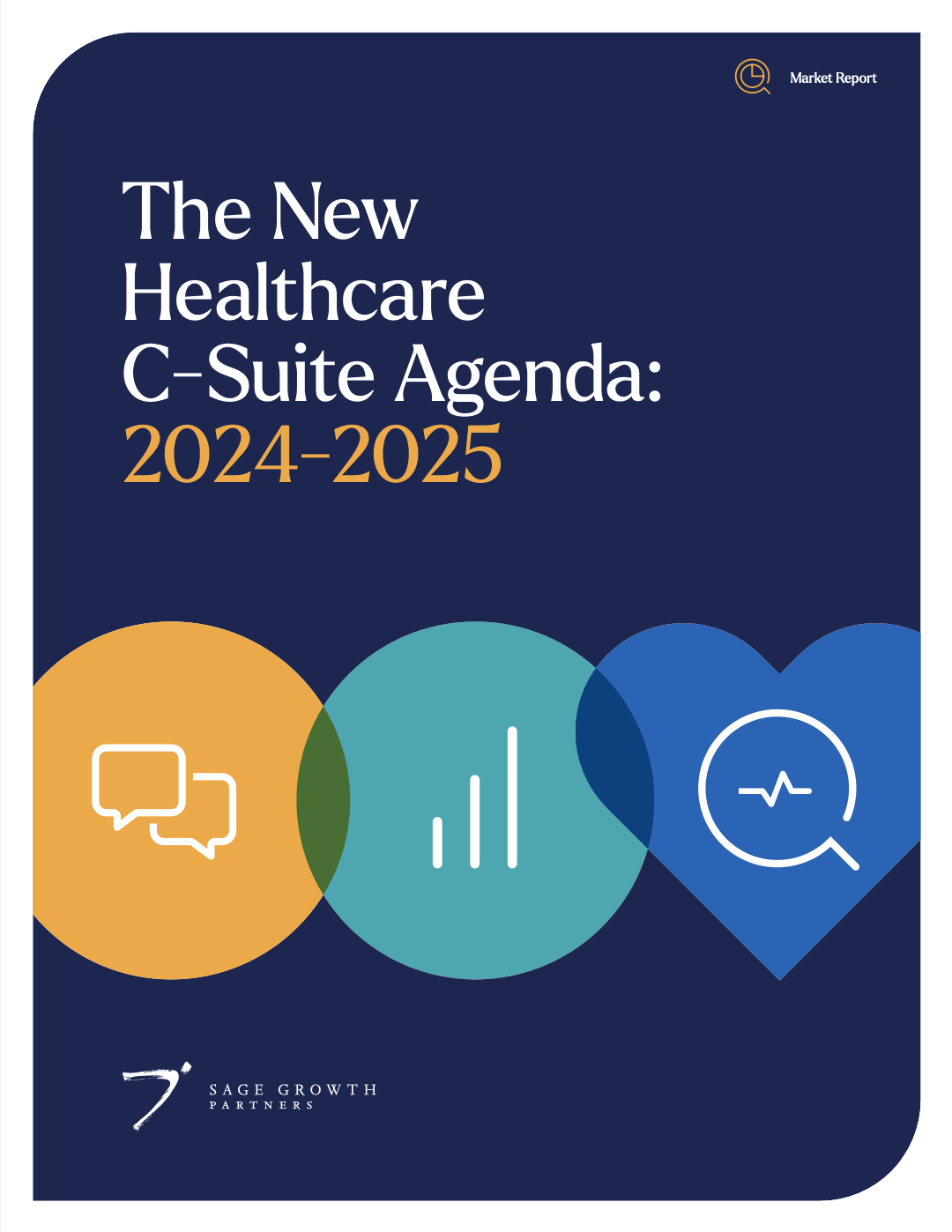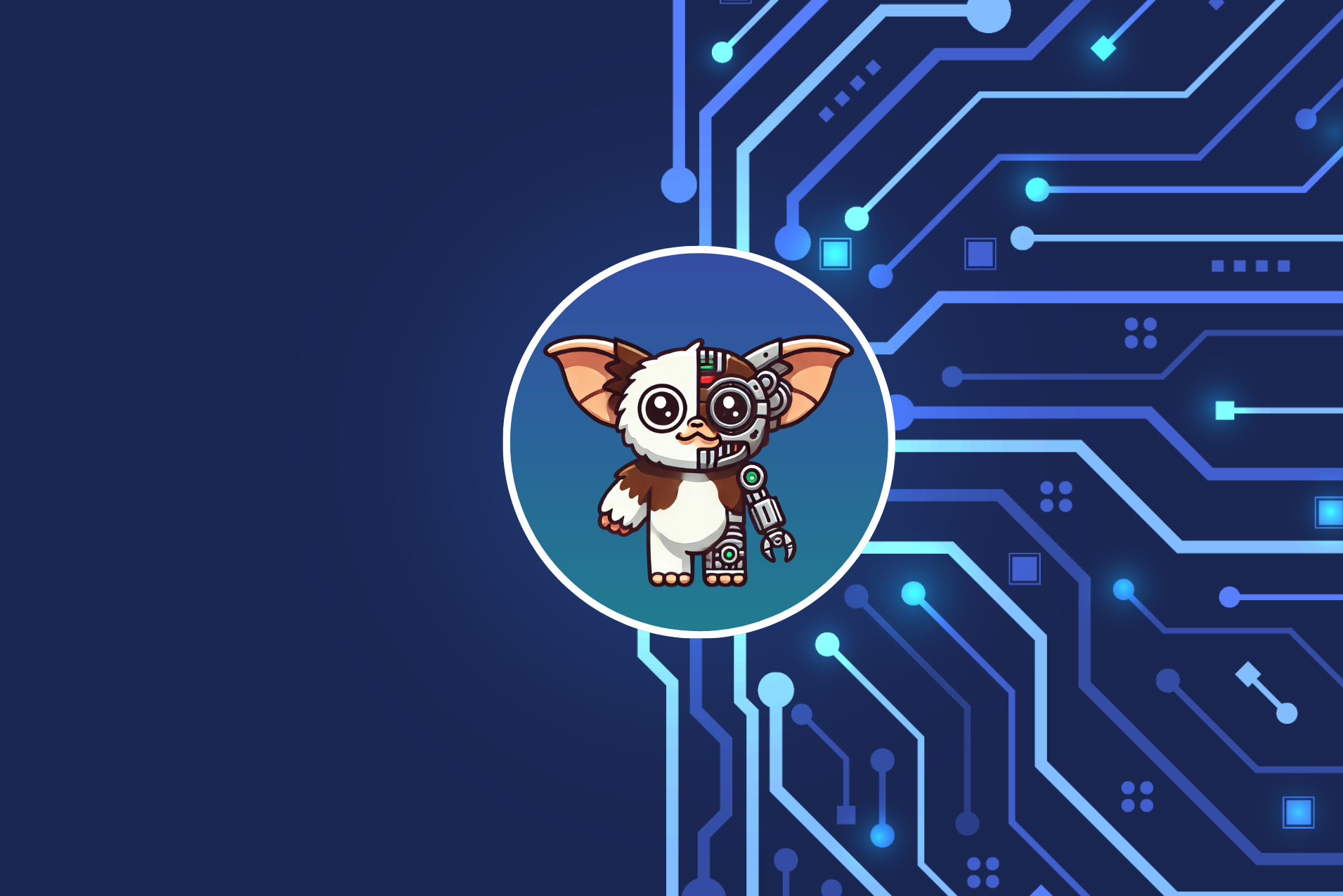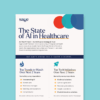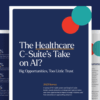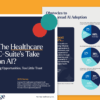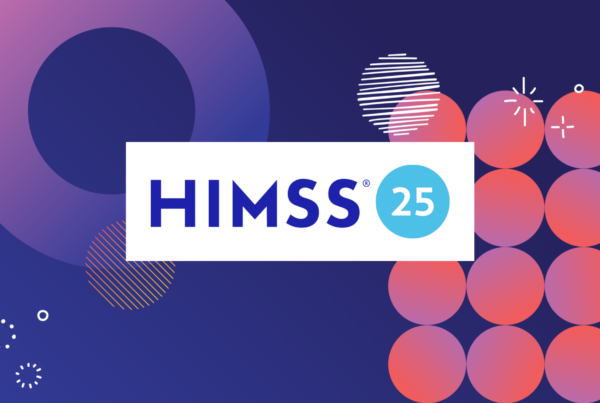Don’t get them wet. Don’t put them in the light. And whatever you do, DON’T feed them after midnight.
Are these the rules for Gremlins, from the 1984 horror-comedy, or the AI-driven platforms and companies that have ingested data and dollars for years — only to find themselves underwater and exposed? Both actually.
Back from HLTH 2024 and just in time for Halloween, I come bearing cautionary tales: of AI out-of-control, the chaos that follows when simple rules are broken, and what true caretaking looks like for responsible digital health companies.
It’s 1984 all over again
The plot of Gremlins: Billy’s father buys him Gizmo — a cute, cuddly Mogwai who comes with requirements, all of which are quickly broken:
- Gizmo gets wet
- Gizmo spawns other, different Mogwai who cause mischief and mayhem
- Gizmo’s off-spring trick Billy into feeding them after midnight
- Gizmo’s grandkids turn into Gremlins — agents of chaos spinning out of control
The Gremlins wreak havoc until Billy, his girlfriend, and Gizmo fight back, defeating them in a department store showdown. The shopkeeper then takes Gizmo back, telling Billy he’s not ready for the responsibility.
Flash forward 40 years and it all sounds suspiciously like today’s AI marketplace plot: Feed platforms and the companies who create them too many of the wrong things at the wrong time? Shenanigans ensue and you create a monster.
HLTH key takeaways: What Gremlins can teach the market
It might not be the 80s, but everything old is new again. Conspicuous consumption and unchecked greed have consequences. The clock is about to strike midnight for a lot of AI companies. It doesn’t have to be this way, but they’ve got to follow certain rules.
AI makes bad things bigger and faster
In Gremlins, Billy learns the hard way that taking care of something requires responsibility. Companies deploying AI are learning the same. Feeding platforms with bad data — healthcare is ripe with it — can perpetuate longstanding problems when paired with the speed and compute power now available. For the last decade, digital health funding flowed for product-market fit that’s been Meh. With so much easy money, too many companies grew in all the wrong ways. The AI midnight munchies are already intoxicating too many companies and investors, who have quickly forgotten the right things to do.
Multiple companies will meet their demise
As in the ’84 film, all the digital health Gremlins will eventually go down — in multiple ways and no matter what shape they’ve taken. Like the Gremlin Stripe, lots of sub-$5 to $10 million companies will find themselves careening through crowded department stores (the marketplace) looking for water sources to help them multiply (more scale, more money). Ultimately, a Gizmo in a pink Barbie outfit will flip up a window shade and expose them to the light (runways and business models that run out).
From the final scene of Gremlins to the Venetian Vegas wonderland that was HLTH, the setting for these companies is the same: a disorientating maze that leaves you desperate for an exit. Scores of digital health companies have done all they can to prolong their fate, but the promise of break-even will not materialize. In the next 6-12 months, we will witness an accelerated demise of companies. Many will quietly fold. Some will sell their IP for pennies. Some will become part of a larger platform. Either way, the M&A Gremlin is hungry and the clock is about to strike 12.
Too many midnight snacks
Lots of Mogwais have become Gremlins: Out-of-control digital health companies that aren’t truly AI-driven and function as little more than point solutions — no matter how they define themselves or how many dollars and data points they eat. Amy Bucher, PhD, Lirio’s Chief Behavioral Officer, co-authored a scoping review that provides clarity and dimension on the need to standardize AI terms and promote better understanding of what they actually mean.
Within this atmosphere, companies are building AI solutions to solve specific use cases versus true platforms that incorporate the next version of model development and can actually change consumer health behaviors.
Cristian Liu, Google’s Director of Partnership Solutions Americas, echoed this sentiment during our chat at HLTH.
“Companies are quick to target specific problems with AI. They are customizing engines (AI offerings) to put in their proverbial cars for a specific purpose, but they aren’t building the chassis to let them swap out for the next generation of engines,” says Liu.
“With the rapid advancements in capabilities and compute power, these seemingly useful customizations may fade so fast — becoming almost obsolete faster than they were spun up.”
Gizmos over Gremlins
In Gremlins, the arch-villain Stripe brought big Rock Star energy. The HLTH of years past did too, but Vegas 2024 was more subdued. There was a soberness from the multiple challenges that companies and their investors face and conference attendees saw fewer blockbuster deal announcements.
But there was also momentum. Executive Search firms, often a leading indicator of industry health, are busy. Christel Alvarez, CEO of Alvarez Search, shares: “We have seen growth in healthcare tech and tech-enabled services, particularly around back-office workflow optimization and thoughtful AI-driven solutions — from personalized medicine and diagnostics to drug discovery and predictive analytics. In the trailing 12 months, searches homed in on finance and revenue leaders, but now we are witnessing roles opening across all business units — a promising signal of market stability.”
AI-driven founders must build solutions backed by real experts who function with strong, experienced teams. When vetting these companies, look for real product-market fit. Anything less is half-baked.
In other words, let’s be good parents to each AI solution: Take care of it, feed it right — and keep it out of the sunlight until it acts right.
In a world of Gremlins, let’s be Gizmos.
Download our full research report, The New Healthcare C-Suite Agenda: 2024-2025, to learn more about top strategic considerations, where healthcare organizations are investing in technology to achieve those, current clinical and operational use cases for AI and where hospitals are exploring new ways to leverage AI, and more.
